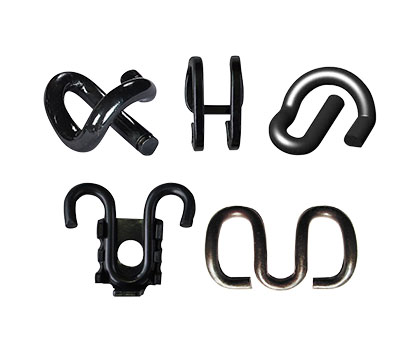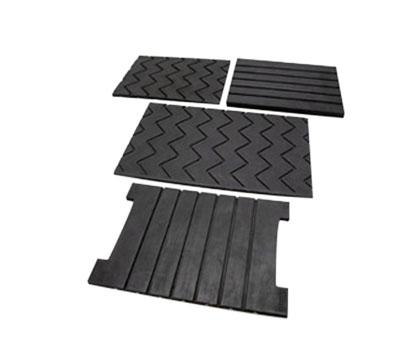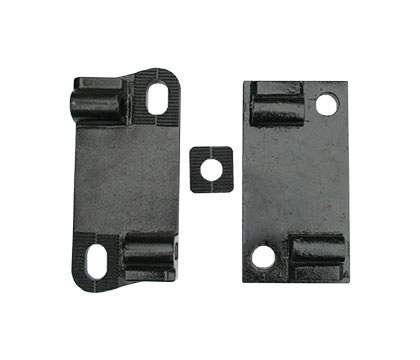Railway sleepers, also known as railroad ties, are an essential component of railway tracks that support the weight of trains and ensure the smooth running of the railway network. These rectangular blocks of wood are crucial for maintaining the structural integrity of the tracks and ensuring the safety of the passengers and cargo. However, many people often wonder what type of wood is used to make railway sleepers. In this post, we will delve into the different types of wood used to make railway sleepers and their properties.
Traditionally, railway sleepers were made of hardwood, such as oak, teak, or jarrah, due to their durability and strength. These hardwoods were able to withstand the heavy loads of trains and resist decay from exposure to the elements, making them ideal for railway tracks. However, with the rise of environmental concerns and the need for sustainable materials, new types of wood have been used to make railway sleepers.
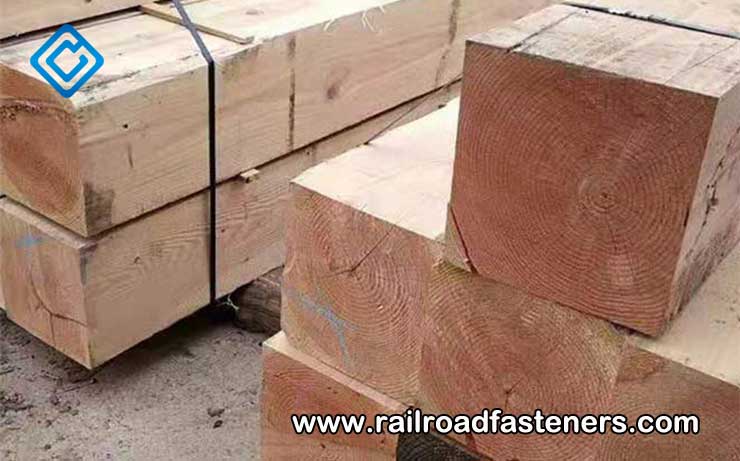
One of the most common types of wood used for railway sleepers today is pine. Pine is a softwood that is easily accessible and grows quickly, making it a sustainable option for railway tracks. It is also less expensive than hardwoods, making it an economical choice for railway companies. However, pine has a lower density than hardwoods, which can make it less durable over time. This means that pine sleepers need to be replaced more frequently than hardwood sleepers, which can increase maintenance costs in the long run.
Another type of wood used for railway sleepers is the eucalyptus. Eucalyptus is a hardwood that is native to Australia and has been used for railway tracks in that country for over a century. It is a dense and durable wood that can withstand heavy loads of trains and resist decay. However, eucalyptus can be more expensive than pine and is not as widely available, which can make it less attractive to railway companies.
Bamboo is another type of wood that is being used to make railway sleepers in some parts of the world. Bamboo is a fast-growing and renewable resource that has a high strength-to-weight ratio, making it an ideal material for railway tracks. It is also resistant to moisture and insects, which can increase its durability over time. However, bamboo is not yet widely used for railway sleepers and may be more expensive than traditional wood options.
Other Types of Railway Sleepers for Sale
In addition to wooden railway sleepers, there are other types of materials available for making railway sleepers today. While traditional hardwoods like oak and teak have been used for decades, newer options such as concrete, steel, and composite materials are becoming increasingly popular due to their unique properties.
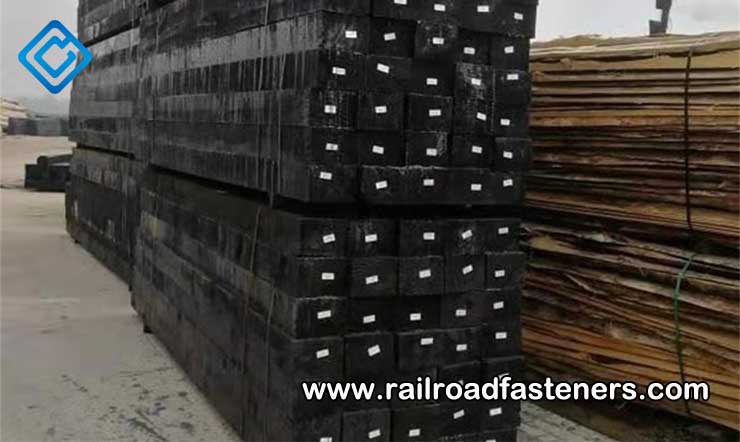
Concrete sleepers are a durable and sustainable option that can withstand heavy loads and resist decay, making them ideal for railway tracks. They are also low maintenance and have a longer lifespan than wooden sleepers, making them a cost-effective option in the long run.
Steel sleepers, on the other hand, are made from high-strength steel and can withstand the constant use and heavy loads of trains. They are ideal for high-speed railway lines and can also be used in areas where wooden sleepers are prone to decay or insect damage.
Composite sleepers, which are made from a combination of materials such as plastic and recycled rubber, are also gaining popularity due to their sustainability and durability. They are resistant to decay and insect damage and can be a cost-effective and eco-friendly alternative to traditional wooden sleepers.
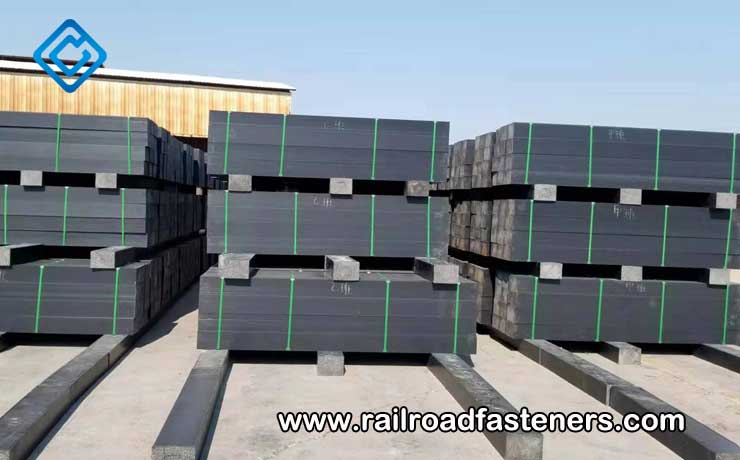
While wooden railway sleepers have been the go-to option for many years, there are now a variety of materials available for making railway sleepers, each with its own unique properties and benefits. AGICO can provide railway sleepers made of different materials and different execution standards. Customers are welcome to send inquiries.

